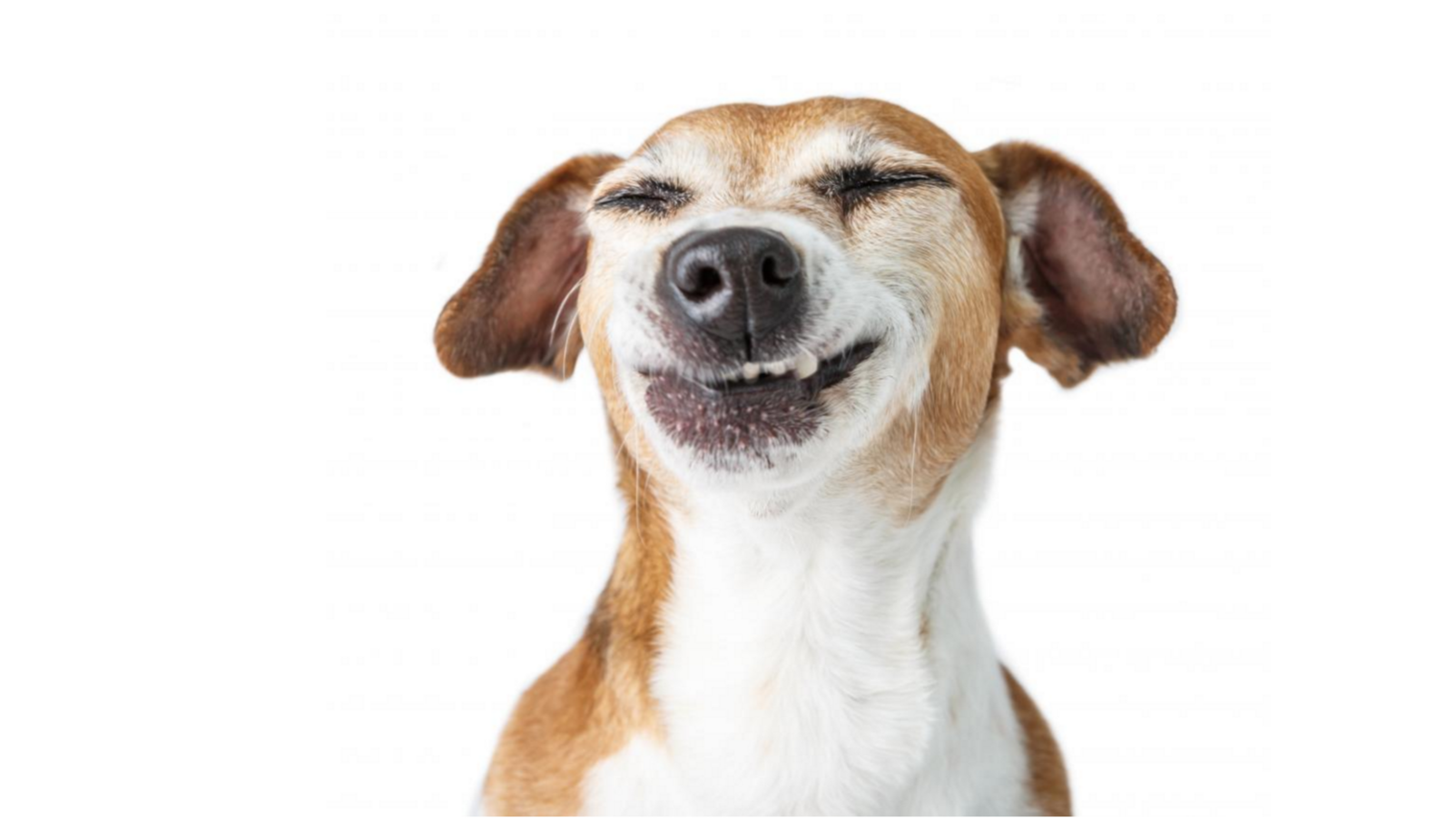OK, first things first, the word malocclusion certainly sounds terrible, and it is even spelled worse (Two C’s in a row? Really?). But don’t fret; all it means is that your dog has some pretty messed-up teeth! Malocclusion is a fairly common condition for small dogs to have problems with their teeth and jaws as they have been bred to have a smaller jawline than they are supposed to have had they been allowed to evolve naturally.
The problem is…
In some situations, this condition can result in all sorts of dental problems, which is why we wanted to take a moment and discuss precisely what malocclusion is and what it might be like to own a dog that has been diagnosed with the condition.
So, without further ado, let’s dive right in.
Malocclusion’s
It is a term used to describe a condition where the maxillary and mandibular arches of the jaw (the upper jaw and lower jaw) don’t align correctly. It occurs commonly in brachycephalic dogs (dogs with short snouts) because they don’t have much space in their tiny mouth for their teeth to come in.
And while…
We would love to tell you precisely what this condition looks like; the truth is, there are various classes of this disease, some being hereditary and others being the results of mismatched jaw bones, which makes it next to impossible to predict how one dog’s malocclusions will appear vs. another dog’s malocclusions. However, it is fair to say that this common dental problem generally comes in four classes.
- In the first class…
- The jaw bones are aligned, but one or more teeth are not.
- In the second class…
- The upper jaw is longer than the lower jaw, either bilaterally or unilaterally.
- Class three is considered a normal occlusion in brachycephalic breeds and occurs when the lower jaw is longer than the upper jaw.
- The fourth class is the worst.
- On one side, the upper jaw is longer; on the other, the lower jaw is longer. This can only happen unilaterally.
Symptoms of this disease include your dog:
- Not having a level bite,
- Upper teeth might overhang,
- And its lower teeth might overshoot its top ones.
You can tell this by looking at the position of the upper incisors. The two teeth sets should fit together. If the jaw is misaligned, the upper maxillary incisors will fall behind or in front of the bottom teeth. The dog’s teeth will be permanently visible in the most visible cases.
Malocclusion can…
Arguably, it can be seen most commonly in European-bred Lhasa Apso’s. On the continent, this breed has a protruding bottom jaw whose lower Mandibular incisors are constantly exposed and rest on the skin of the snout. This is considered entirely normal in European countries like Spain.
Skeletal malocclusion…
This is a name your veterinary surgeon may give to any of the above classes. It simply means that the skeleton’s shape is responsible for the malocclusion and that there is very little to be done about it.
Most Commonly Affected breeds
Any dog with a short snout can be affected, but it is possible to see this condition in dog breeds with more enormous jaws, too. That being said, the known affected species are as follows:
- Boxer,
- Cavalier King Charles Spaniel,
- Chihuahua,
- English Bulldog,
- French Bulldog,
- Lhasa Apso,
- Pekingese,
- Pug,
- Shih Tzu,
- Toy Poodle,
- Yorkshire Terrier.
Treatment options
Since this is not a degenerative periodontal disease and is generally considered a “normal” trait of some dog breeds, many vets will advise you not to do anything about it if it does not present a problem to the dog (this would be our advice as well).
Sure…
The affected canine mouth will have a scissor bite, which should not cause damage. Suppose it is detected in the molars or premolar teeth early enough. In that case, interceptive orthodontics can help to straighten out the baby teeth on the mandibular canine jawline, therefore manipulating the deciduous teeth into an appropriate position before the adult teeth come in.
But come on!
This is a dog we’re talking about, and one rule that we have here at IndulgeYourPet is first, not harm. So, if your dog has messed up teeth, but they are functional and aren’t causing them any damage, leave well enough alone. We can assure you that your dog and wallet will thank you for it!
Which brings us to…
We want to remind folks that we at IndulgeYourPet are not doctors, veterinarians, or medical professionals. We are all a bunch of folks passionate about animals and only want what’s best for them. This is why if you feel like your pet may have some health issue that may need attention, don’t try to self-diagnose it yourself; have them checked out by a vet ASAP!
Because…
An early diagnosis will often lead to the “best” medical outcome for your pet regardless of what is bothering them, but beyond that, diagnosing a medical condition early could save you a bundle in medical costs! This is also why we here at IndulgeYourPet also recommend that any new pet owner take a moment and see what it might cost for you to purchase a pet insurance policy for your new animal.
Now, will a pet insurance policy be suitable for everyone?
No, probably not. But until you fully understand what these policies “will” and “won’t” cover and how much these pet insurance policies cost, how will you know if one might be right for you?
For more information on who we feel currently offers the “best” pet insurance policies out there, we would encourage you to check out our Best Pet Insurance Policies article.



